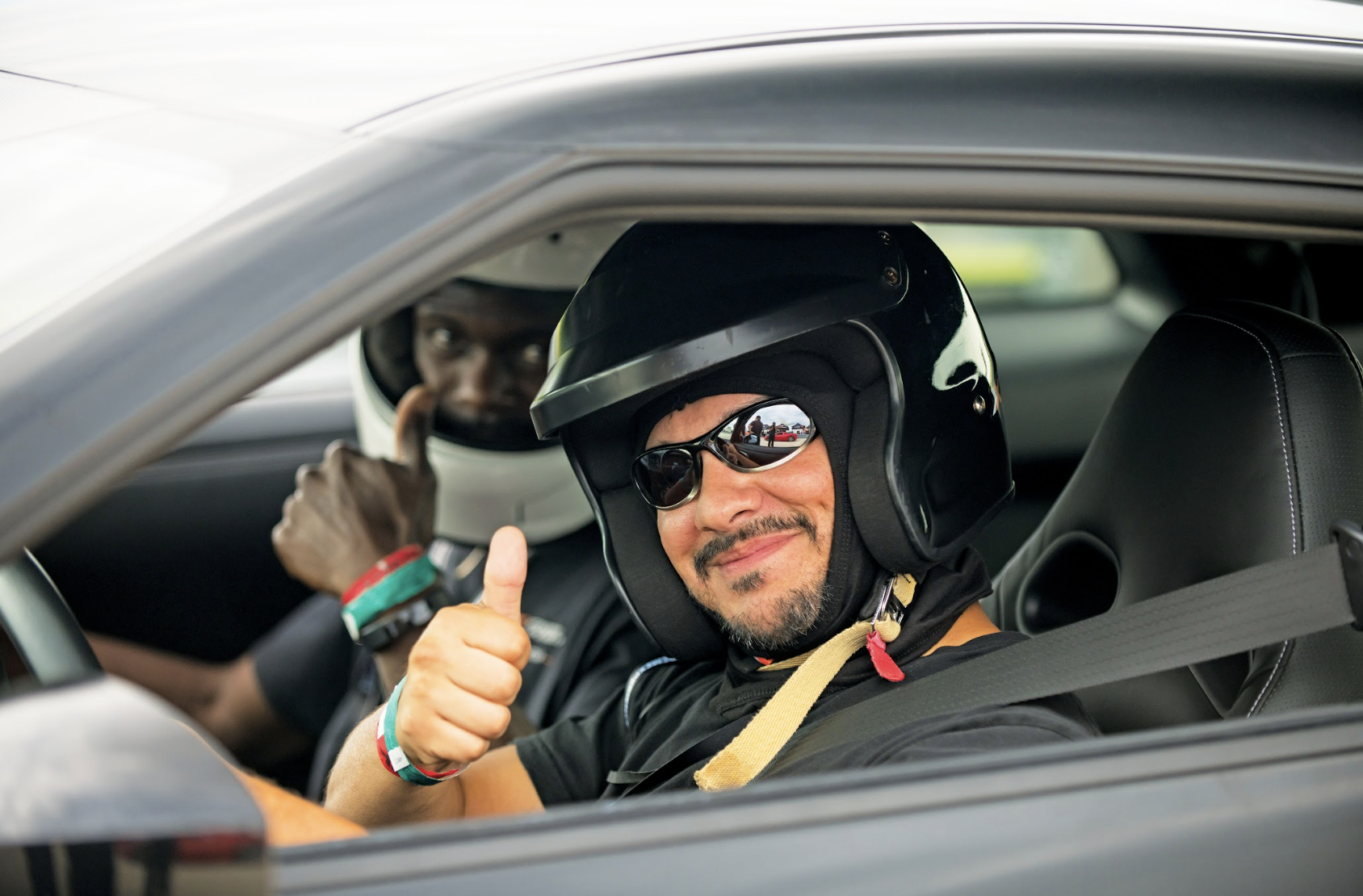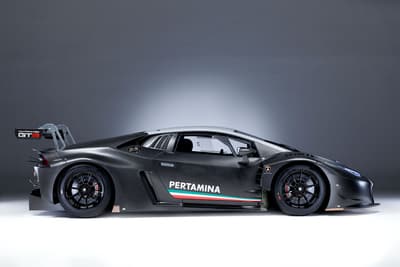Driving a Lamborghini is more than just stepping on the accelerator and steering. The intricacies involved in piloting such a marvel of automotive engineering require a deeper understanding and respect for the machine. For the avid car enthusiast, understanding the hows and whys of the Lamborghini can enhance the driving experience manifold. Let’s delve into the details.
Steps For Safe Driving Of Lamborghinis And Other Supercars
In pursuit of deeper insights, I had the privilege of interviewing two experts from the premier supercar driving experience, Xtreme Xperience. Josh Jenny, the Safety Manager, brings over six years of hands-on experience with Lamborghinis, offering a unique perspective on the nuances of high-performance driving. Additionally, Brian Vang, the Chief Technician and a stalwart of the company for nearly eight years, shared his technical expertise on these mechanical masterpieces.
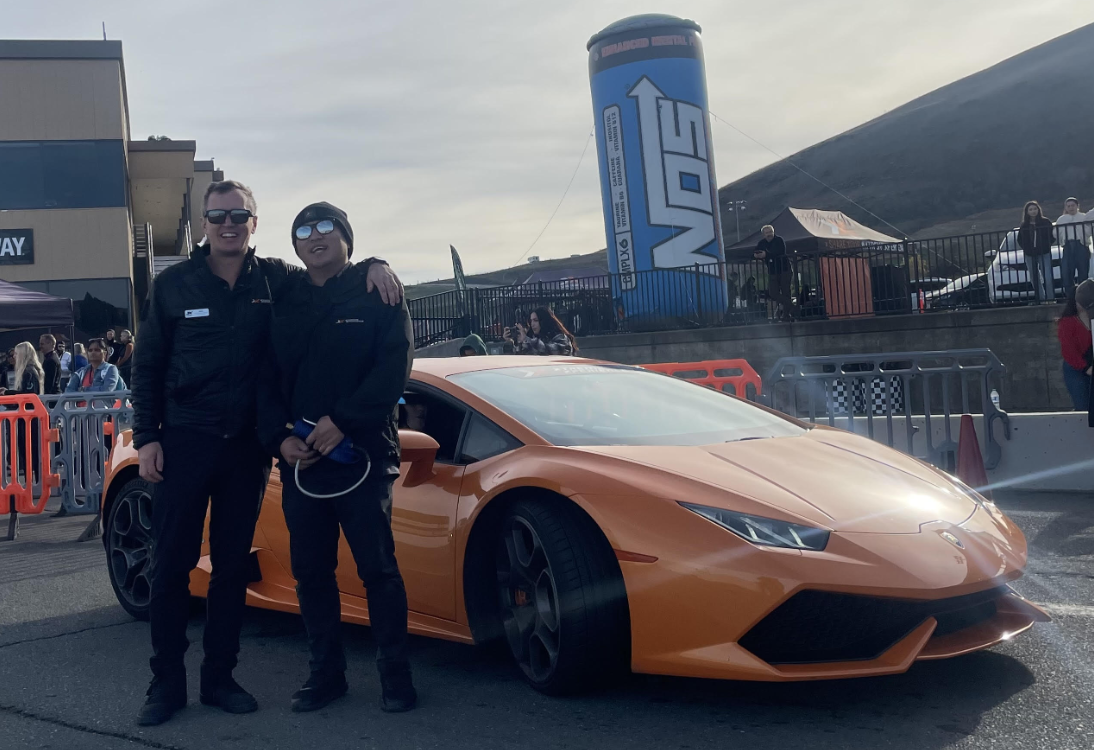
Their combined knowledge helps unravel the complexities of driving a Lamborghini, transcending beyond mere acceleration and steering. For the passionate car enthusiast, their insights provide a richer, more nuanced understanding of what it takes to master these automotive marvels truly.
1. Understand the Power Source
Lamborghini’s prowess lies in its formidable power plant. Each model, whether it’s equipped with a V8, V10, or V12 engine, is a marvel of engineering designed for performance and efficiency. But what does this mean for the driver? It’s not simply about a surge of acceleration when the pedal touches the floor. It’s about the symphony of thousands of parts working in harmony. The immediate throttle response, for instance, can be attributed to the meticulous tuning and the refined fuel delivery system. When you step on the accelerator, you’re not just commanding the car to move faster; you’re engaging with a carefully calibrated system designed to give the most responsive and thrilling driving experience possible.

2. Mastering the Transmission
A crucial aspect of controlling such powerful vehicles is how power is transferred from the engine to the wheels, and Lamborghini’s transmission systems are second to none. Modern Lamborghinis (Like the Aventador or the Huracan) are predominantly equipped with the ISR (Independent Shifting Rod) or dual-clutch systems, designed for rapid yet smooth gear changes. While the car can shift automatically with precision, using the paddle shifters can offer an even more engaging drive. Manually selecting gears gives the driver the power to choose the optimal gear for any scenario, whether it’s for acceleration, cruising, or engine braking. By mastering the paddle shifters, one can further harmonize with the car’s rhythm, making each drive a dance of machine and human.
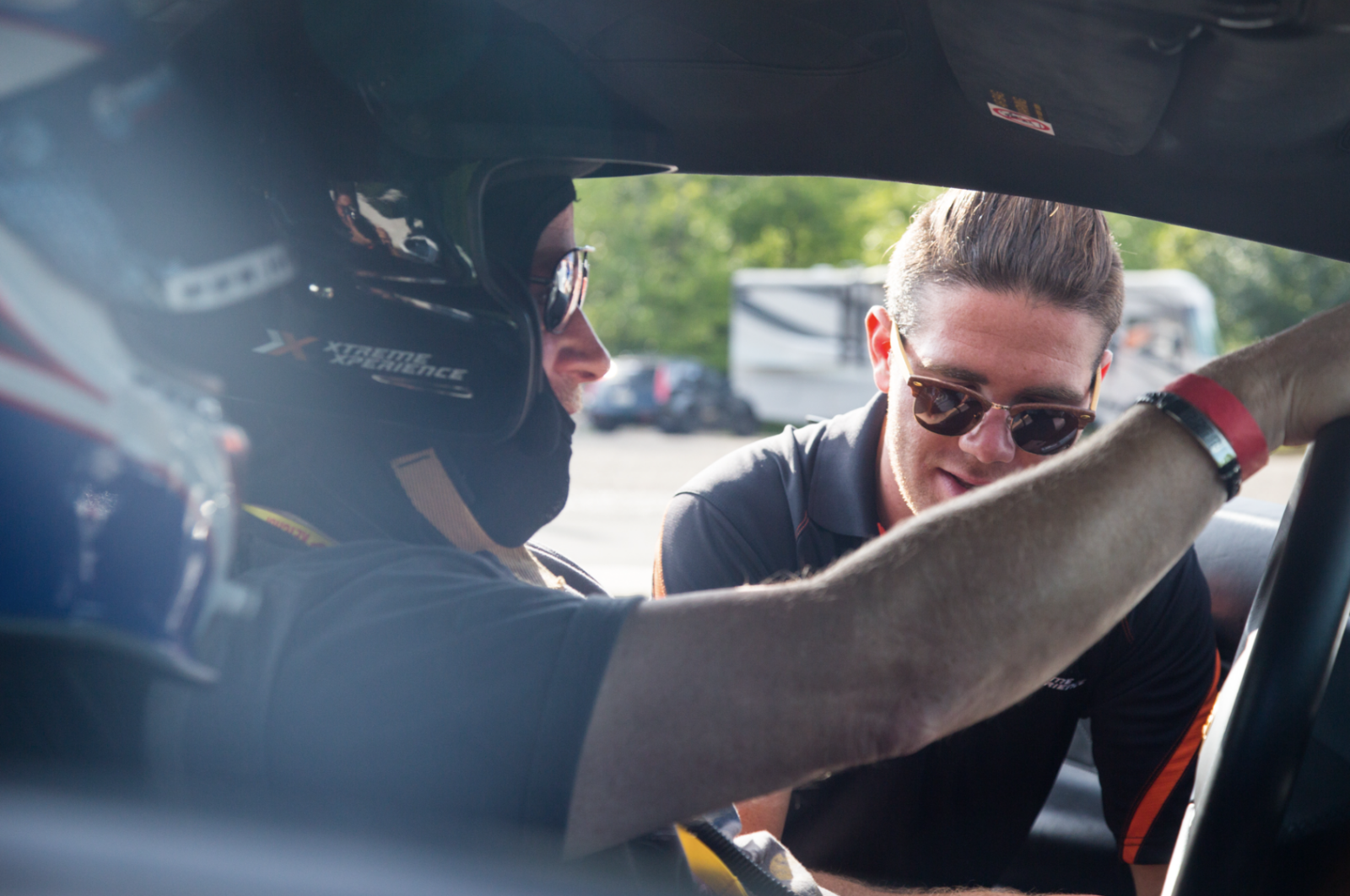
3. The Importance of Traction Control
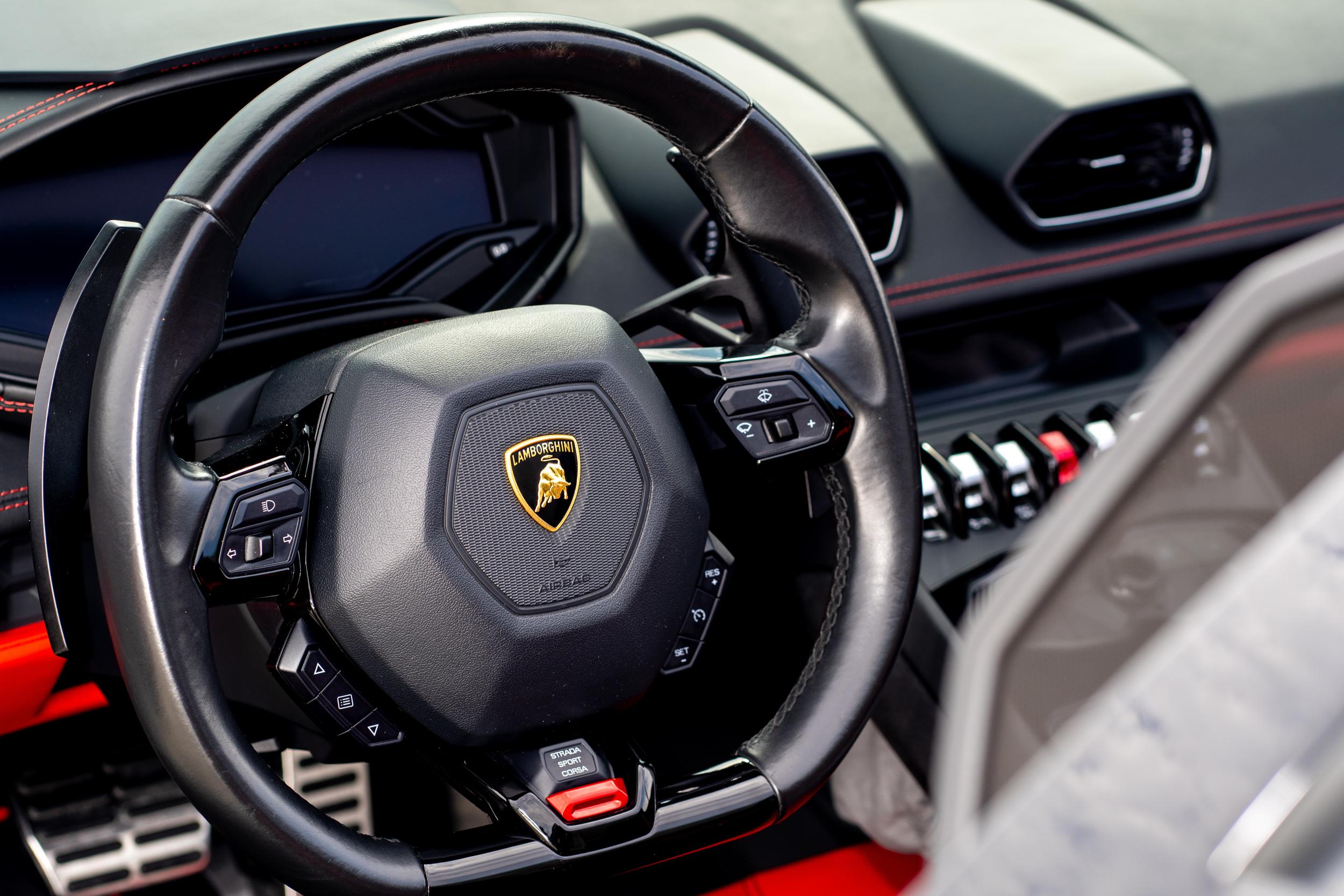
Power is nothing without control. Given the immense capabilities of a Lamborghini, ensuring that the car remains grounded is crucial. Traction control systems in these supercars are sophisticated, designed to detect the slightest wheel slip and make instantaneous adjustments either by altering power output or applying selective braking.
In normal driving conditions, it’s a safety net, ensuring that the car remains stable even if the driver pushes a little too hard. But for the seasoned driver on a track day, turning off traction control can make for a raw and unfiltered driving experience. Still, such decisions should be made with caution, understanding the dynamics and potential risks involved.
What emergency equipment or tools do you always keep in your supercar?
“Oftentimes, the car itself will already come with an emergency tool kit. For example, the Huracan will come equipped with an air compressor, tire sealant, a few hand tools, a nifty tool that allows you to manually shift the transmission into Neutral when the battery dies, and a fancy pair of Lamborghini branded, white leather gloves,” says Brian Vang.
4. Aerodynamics & Drive Modes
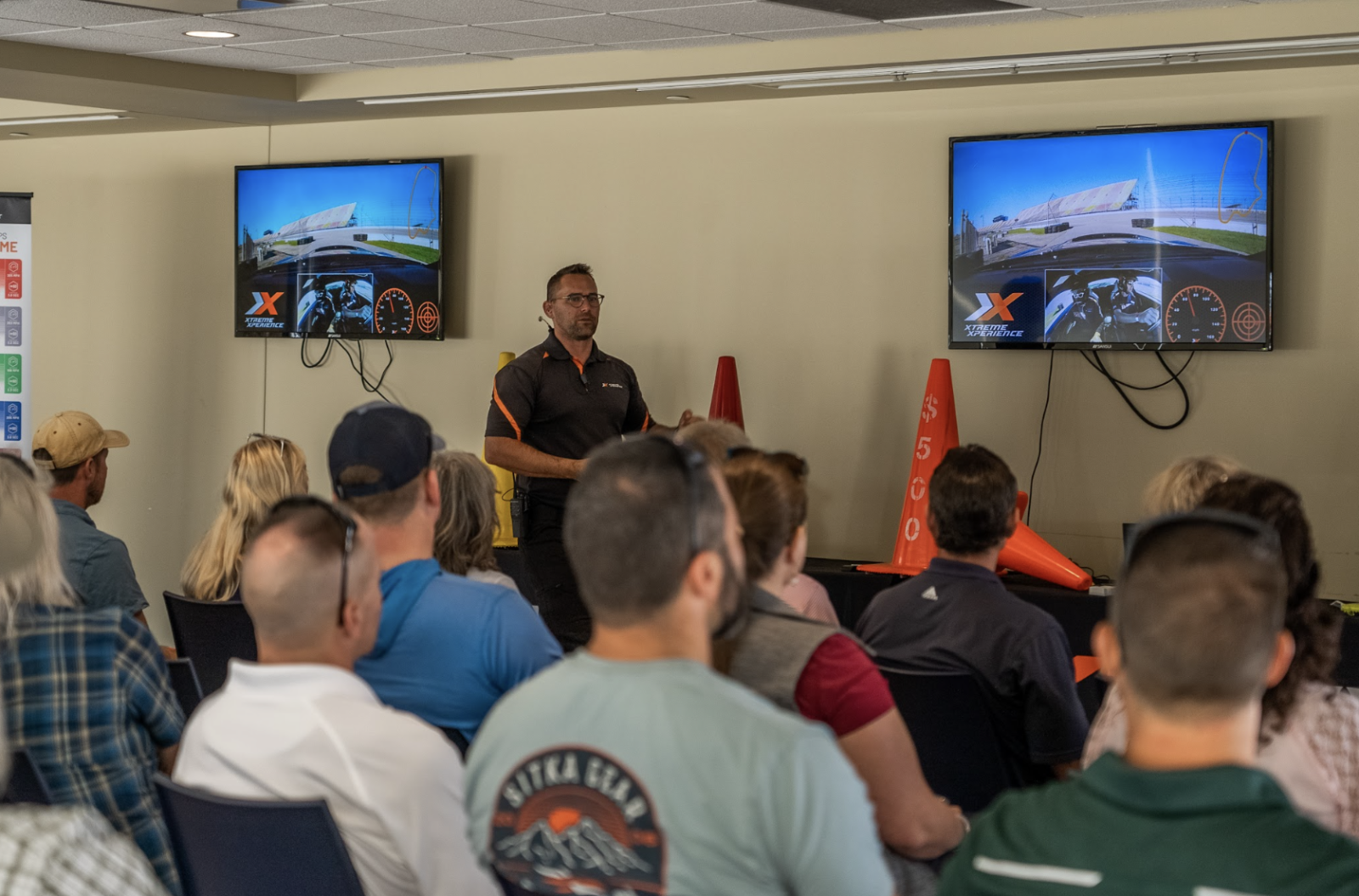
The shape and design of a Lamborghini aren’t just about aesthetics. Every curve, vent, and wing has a purpose, intricately tied to aerodynamics. These cars are designed to maintain a balance between slicing through the air with minimal resistance and keeping the car firmly planted on the ground. Active aerodynamics, like the deployable spoilers, adjust automatically based on the car’s speed and the chosen driving mode. This leads us to the integrated driving modes in a Lamborghini – STRADA for everyday relaxed driving, SPORT for a more spirited drive with a bit of flair, and CORSA for the most aggressive track-ready settings. Each mode fine-tunes the car’s performance attributes, from throttle response and suspension settings to aerodynamic configurations, to offer a tailored driving experience. Familiarizing oneself with these can transform how one experiences the drive, making it either a comfortable cruise or a thrilling adventure.
What are some key safety features in modern supercars that drivers should be familiar with?
“Most, if not all modern supercars are going to have some form of ADAS, or Advanced Driver Assistance Systems. These systems aid in collision avoidance and driver alertness, which are extremely helpful in supercars with minimal field of view. In addition to that, modern supercars are equipped with some of the most advanced Vehicle Stability Control and Antilock Brake Systems programs. On days where the family minivan is in the shop for some maintenance, supercars like the Lamborghini Huracan even have a child seat belt anchor behind the passenger seat. You can breathe a sigh of relief knowing that little Timmy will be perfectly safe with multiple airbags placed in almost every crevice of the interior,” added Brian.
5. Braking System
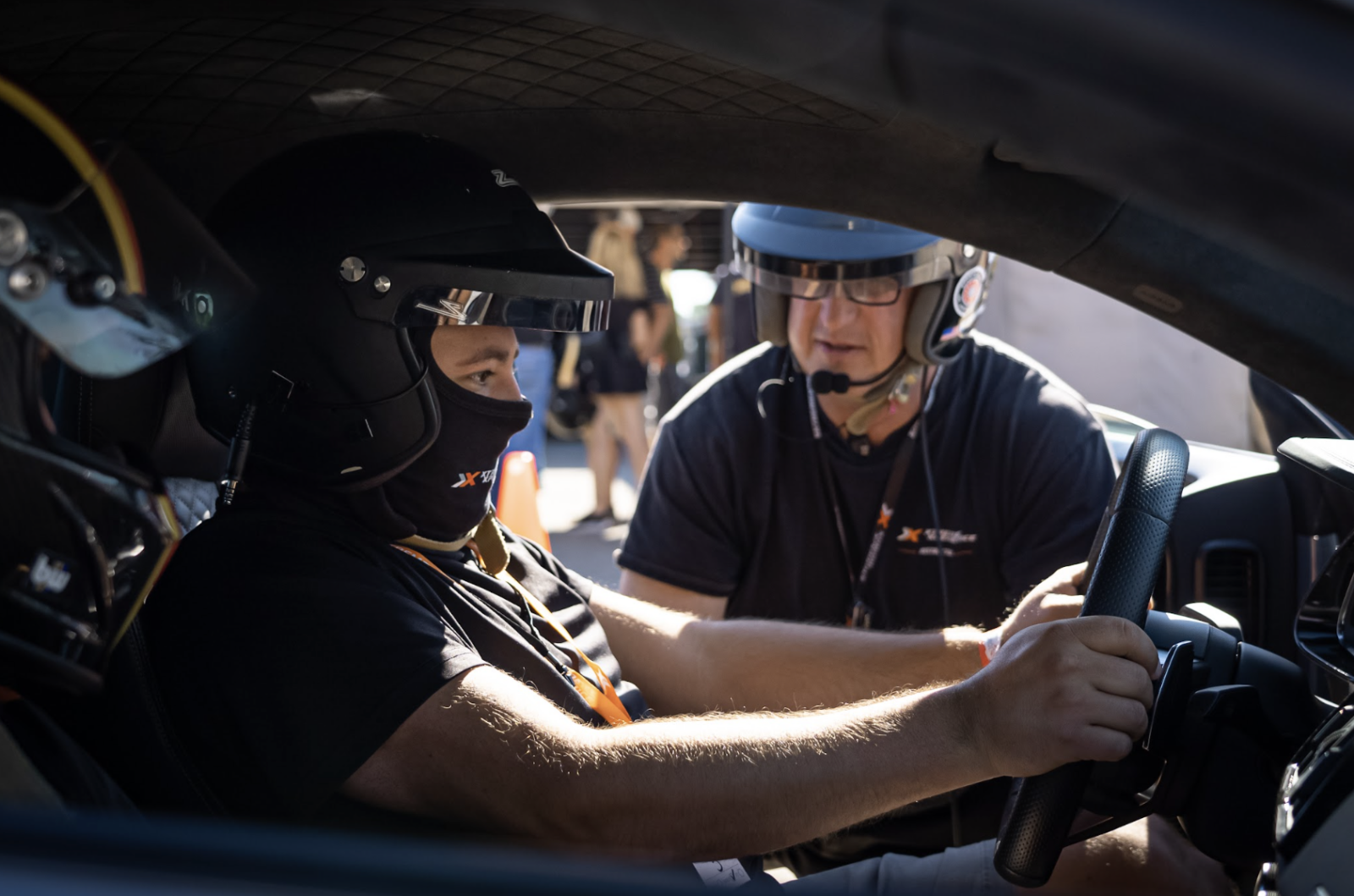
Bringing a supercar to a halt, especially one with the capabilities of a Lamborghini, demands an equally superlative braking system. The brand typically equips its vehicles with carbon-ceramic brakes, known for their remarkable heat resistance and prolonged lifespan in high-performance scenarios. These aren’t just your typical brakes; they’re designed to handle the immense speeds and forces generated by the car. But while their performance is exceptional, technique plays a pivotal role in their efficacy. Progressive application—starting with a gentle squeeze that builds in pressure—is more effective than a sharp, abrupt press. This not only ensures smoother deceleration but also aids in better tire grip and overall control, especially in challenging conditions. Being in tune with the car’s braking system enhances both safety and the overall driving experience.
How should a driver react in emergencies like skidding or sudden braking in a supercar?
“In a perfect world we would already be aware of what is going on behind and all around us. Manage your space ahead and behind while you determine your next move. If you lock up your brakes in the snow, etc, release the brakes and smoothly try again. Don’t be afraid to use the shoulder to avoid driving into the back of someone or maybe even a sudden turn onto a side street might be a better option than what is ahead of you. In the event that any incident occurs, we all wish we just had a little bit more time, so it all starts with having plenty of space around you to begin with,” explains Josh Jenny.
6. Tires & Handling
A Lamborghini’s relationship with the road is mediated through its tires. High-performance tires, often specific to the brand or model, are crafted to ensure maximum grip, especially during aggressive accelerations, sharp turns, and high-speed maneuvers. These tires, though, have their unique characteristics. They often perform best when warm, which means a few initial minutes of normal driving can optimize their performance. This is crucial to understand for anyone looking to drive spiritedly. Moreover, the mid-engine layout of many Lamborghinis plays a significant role in the car’s handling dynamics. By balancing the weight distribution, the car achieves harmony between front and rear, ensuring responsiveness and agility in corners. It’s a dance of physics and engineering, resulting in a driving experience that’s both thrilling and intuitive.
7. Respect the Car’s Limits (And Yours)
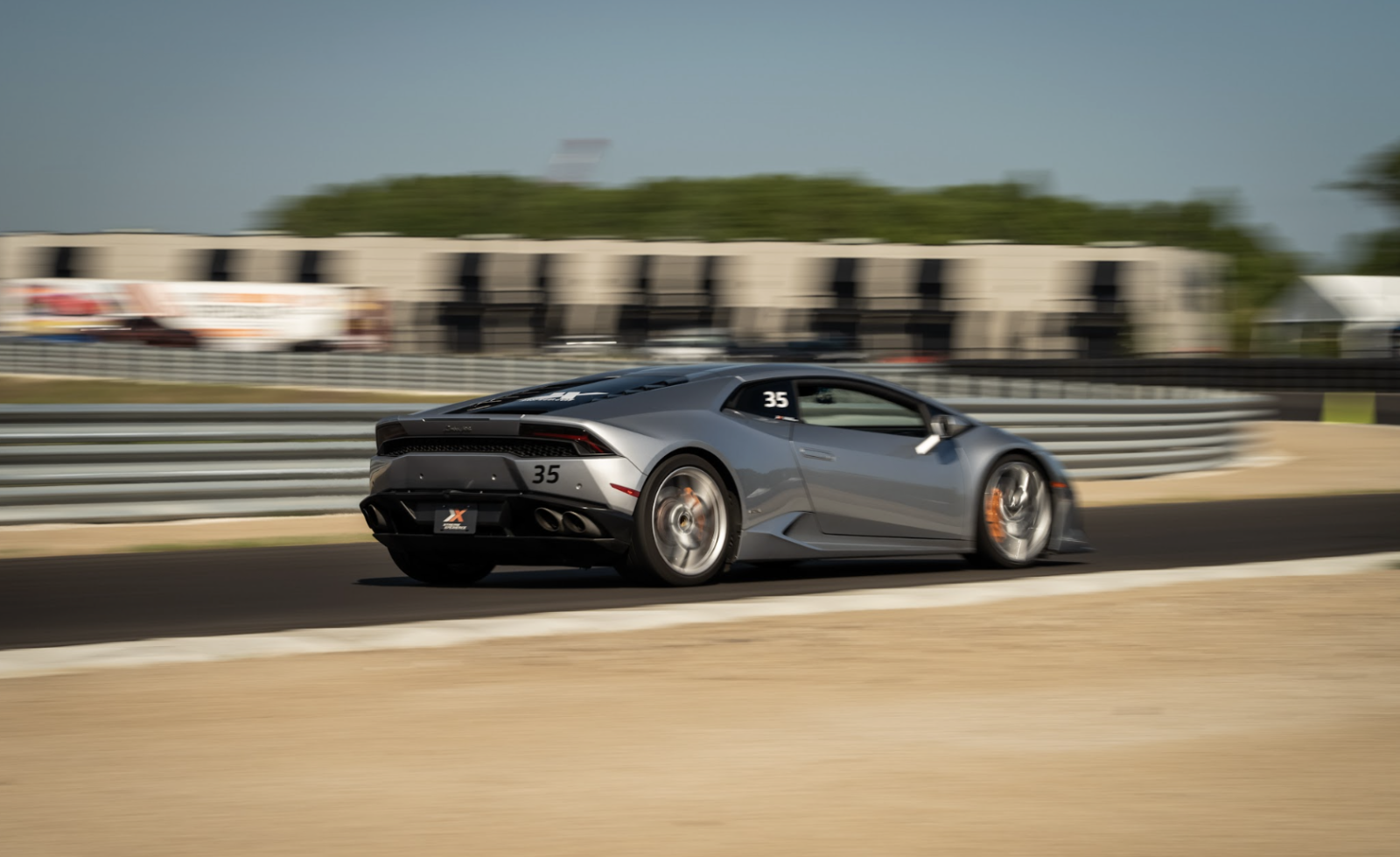
Every piece of machinery, no matter how advanced, has its limits, and a Lamborghini is no exception. While it’s designed to offer thrilling performance, pushing it too far or in inappropriate settings can lead to undesired outcomes. It’s crucial to recognize the environments in which high speeds or aggressive driving are suitable, such as a racetrack or a controlled driving event. But beyond the car’s limits, personal limits are equally, if not more, essential. Driver should always be in tune with their capabilities, experience, and comfort levels. Being overconfident or misjudging a situation can lead to potential risks. The key to truly enjoying and respecting a machine like Lamborghini lies in understanding that the car and the driver are a team. Both have roles, responsibilities, and thresholds and only when both are in sync can the true magic of the driving experience shine through.
“While driving a supercar on public roads, it is imperative to protect yourself by having incredible 360 degree awareness of intersections, traffic, deer, potholes and more. Oftentimes people think that doing burnouts and zipping around is cool but we know more often than not how those videos end on the internet. Driving slower and smoother will make you look a lot cooler. If you are doing a good job anticipating your next move you can avoid sudden inputs that can cause a fender bender or negative attention when you are slamming on the brakes.
Most people would assume that owners of Lamborghini do not know how to drive them, so do your best to prove them wrong. Driving on a racetrack in a properly prepared supercar with a strong precedent of Safety and learning is a great way to go out and have fun while improving your skills. Superior forward vision and 360 awareness is paramount towards nailing a proper driving line and avoiding unwanted drama from anyone behind you. Prioritizing looking as far ahead in the direction that you are traveling so that things come at you nice and slowly, and ensure that your driving line takes precedence to speed. Smooth inputs on all controls while driving a good line knowing exactly where you are going next and what is going on behind you should be the priority and in due time, proper speed and technique will be the result.
The best thing anyone can do is acquire as much variety of experience and training as possible. Whether it is in a Huracan or a Miata, autocross is a great way to get started in performance driving to learn the basics. High Performance Driving Education (HPDE) and track days are a great place to build your skills and confidence. Even karting or time spent on a proper driving simulator can all go into your experience bank as you begin to learn the way a car feels through its entire spectrum of balance and handling. Everyone has to learn the hard way so it is best to get your spins and slides out of the way at lower speeds and in more affordable cars so that by the time you are on track in a supercar, you already have a proper head start towards success,” notes Josh.
The life of supercars in winter
In the realm of automotive enthusiasts, the challenge of driving a high-performance vehicle like a Lamborghini in winter conditions often comes with a mix of trepidation and excitement. Josh Jenny shares his insights, highlighting the unique dynamics and precautionary measures one should consider when navigating a supercar through snowy or icy terrains.
Jenny emphasizes the importance of avoiding brake lock-up, a common issue in slippery conditions. Locking up the brakes can lead to a loss of control, particularly hazardous in a high-powered vehicle like a Lamborghini. His advice is to plan ahead, minimizing brake use and relying more on the car’s inherent deceleration. This approach necessitates heightened awareness and anticipation of the road ahead.
In steep sections, Jenny suggests a technique often overlooked: using the engine as a brake. By keeping the car in first gear and allowing it to roll, the engine’s natural resistance aids in controlling the descent, reducing the risk of brake lock-up and loss of control. This method showcases the balance between mechanical sympathy and practical driving strategy in challenging conditions.
For supercars, which often feature sophisticated electronics and delicate finishes, Jenny advises against driving in snowy conditions unless absolutely necessary. The accumulation of snow and ice can compromise the car’s intricate systems, not to mention the potential for cosmetic damage. However, in a scenario where driving is unavoidable, such as ascending a ski slope, he suggests maintaining momentum and directional control, an approach that blends the art of driving with the mechanical symphony of a supercar’s engine.
Preparing A Supercar For Long Winter Storage
When it comes to safeguarding the integrity and performance of a supercar during long winter storage, meticulous preparation is key. Brian Vang provides valuable insights into the essential steps required to ensure your prized vehicle remains in prime condition, even while it hibernates through the colder months.
Vang underscores the significance of storing your supercar in a heated environment. Cold storage can introduce a myriad of complications, making a controlled, warm environment preferable. A heated garage not only maintains a consistent temperature but also mitigates risks associated with temperature fluctuations, such as condensation, which can lead to rust and other mechanical issues.
One of the most critical steps in preparing a supercar for winter storage is performing an oil change. Old oil can contain contaminants that, over time, may cause detrimental effects on the engine. By replacing the oil before storage, you ensure that the engine is coated with fresh, clean oil, providing better protection for internal components during the dormant period.
Another vital aspect of winter storage preparation involves the car’s battery. Supercars, with their complex electrical systems, are particularly sensitive to low-voltage conditions. These can wreak havoc on the car’s numerous modules and systems. Vang recommends attaching a battery tender, a device that keeps the battery optimally charged and maintains its health over extended periods of inactivity. This is crucial to avoid the unwelcome surprise of electrical issues or a dead battery when it’s time to bring the car out of storage.
In addition to Vang’s expert advice, it’s also advisable to take other steps such as filling up the fuel tank and adding a stabilizer to prevent fuel degradation, inflating the tires to the correct pressure to avoid flat spots, and covering the car with a breathable cover to protect it from dust and dirt.

